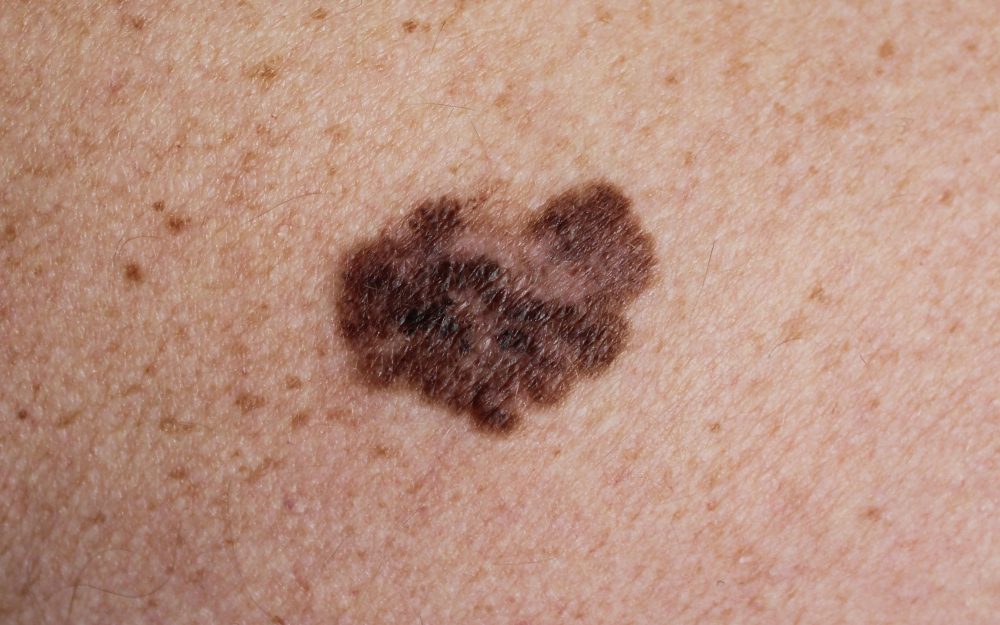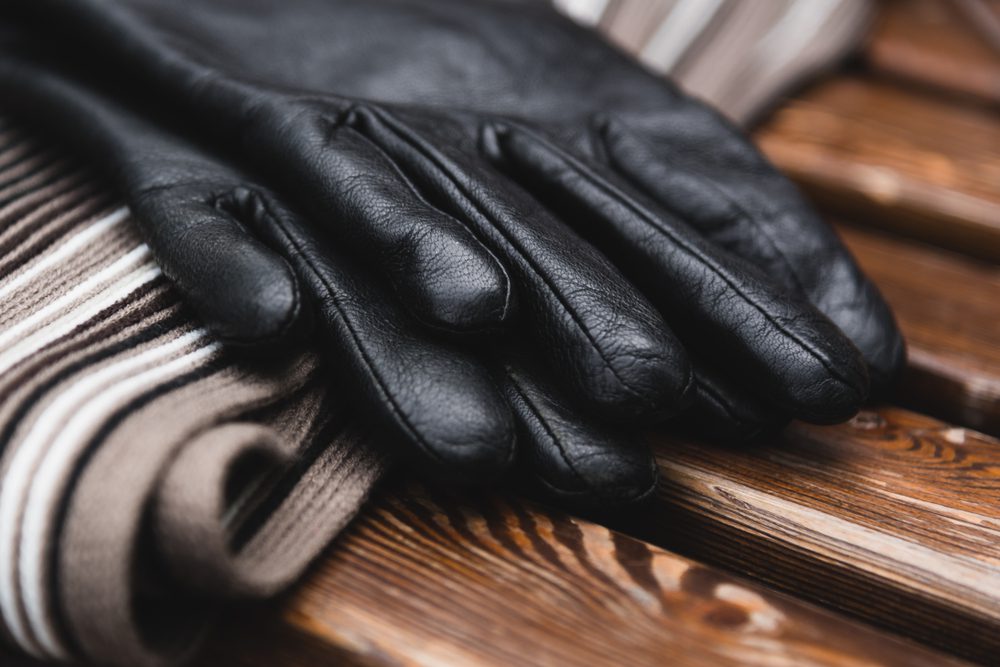Major Myths About Skin Moles Debunked!
Moles are pretty common, and many of us have at least a few moles on our skin. Some people find them beautiful, while others are terrified of them. But why would someone be sacred of skin moles? There are many myths about skin moles, and we are here today to debunk them.
People know that skin moles can cause cancer, and because of this, they are scared and nervous about their moles. On the other hand, there are a lot of people who are not aware of this, and they rarely pay attention to their skin moles and the way they can change.
Do you know these myths about skin moles? Read on and discover the truth behind them!

1. Even if you remove a mole, it will grow back
This is definitely one of the most popular myths about skin moles, and it is undoubtedly one that can be harmful to a lot of people. Keep in mind that once a mole is removed completely and cut out with stitches, it will never come back.
Meanwhile, if you, let’s say, shave the top of a mole, there is still a chance it will regrow. And this is normal.
But you should make an appointment with a dermatologist right away if a mole you have is growing or changing after being entirely or partially removed. This might be a clear indicator of skin cancer.
2. Mole count doesn’t increase melanoma risk
When discussing myths about skin moles, we can’t miss this one. There are many people out there who believe that the mole count is not involved in the risk of developing melanoma. But in reality, not skin tone or color, but mole count, is the highest risk factor for melanoma.
Let’s simply state that your chance of developing melanoma is six times higher than that of the general population if you have more than 100 moles. Another factor that can double your risk of developing melanoma is having red hair and fair skin.
Also, only 30% of melanomas occur in moles that already exist; the remaining 70% grow in entirely new areas. So, we believe that everyone should know this fact, and if they know they have a lot of moles, they better go consult a dermatologist. It is always better to be safe than sorry.
3. Those who have dark skin do not develop skin cancer
This is another one of the myths about skin moles that we really, really want to debunk. It is true that darker skin can provide some sort of protection against harmful ultraviolet rays, but it is a common misconception to believe that those who have darker skin tones are immune to skin cancer and the overall effect of UV radiation.
Those with darker skin tones are less likely to be diagnosed with skin cancer than those with pale skin, although UV exposure increases the risk for everyone.
According to some studies, Black and Hispanic Americans who live in the south of the country, where the weather is sunnier, have a greater risk of developing melanoma, and the higher level of UV radiation can also cause other types of skin cancer in people with darker skin.
Doctors say that darker skin offers protection up to 13 SPF, and the current recommendation is that we all use sunscreen that has an SPF of at least 30. That’s why, even if you have darker skin, you should always use an appropriate SPF.
4. When a child grows, their moles also grow. So there is no need to be worried
There are a lot of myths about skin moles, and usually parents are not worried about their kids’ moles. And, yes, there is a lower chance that children will develop skin cancer, but you should always keep an eye on their moles.
Now it is normal that the morels of the kids grow at the same time the kids grow, and you should now be worried about a changing skin mole as you should be with an adult. But if the mole is growing and changing faster and you notice this, you should better get your kid to a dermatologist.
Any suspicious lesion should be examined by a dermatologist who is trained to recognize the warning symptoms of melanoma. You should be aware that melanoma can appear at any age.
5. If a mole has hair, this is a clear sign that it’s not cancerous
Of all the myths about skin moles, this one is dangerous because it can convince people not to go to the doctor even if they need to. Folks might think that if their mole has hair on it, there is no chance for it to be cancerous.
But this is not the case; a mole can be melanoma whether it has hair on it or not. Although melanoma usually causes mole hairs to finally fall out, this doesn’t happen until the cancer has progressed to its later stages.
Don’t wait until your mole starts losing hair before having it examined, since it’s important to recognize and treat melanoma as soon as possible.
6. All skin cancers start as moles
Melanoma is the term used to describe a particular form of skin cancer that frequently begins in moles. But there are myths about skin moles out there that say that all types of skin cancer are caused by moles. It is true that there are skin cancers that start as moles, and a once-healthy mole changes, but this is not the same for all cancers.
Only approximately one-third of melanomas begin as pre-existing moles. Since it tends to be the most dangerous kind of skin cancer, melanoma is the best-known type of cancer, yet it’s also the least common.
Schedule an appointment if you notice any changes in your skin, including moles or other skin lesions. Your dermatologist is the only one who will be able to see any worrisome spots during your checkups.
7. If you have a mole that is never exposed to the sun, it can’t be dangerous
Moles can appear anywhere. On your face, on your back, on your hands, or on your legs. It doesn’t matter. That means you can have skin moles in areas that are never exposed to UV radiation.
Almost everyone is aware that prolonged exposure to the sun can result in skin cancer. But even skin that has never been exposed to the sun might develop skin cancer.
So even if you have a mole on your back, let’s say, and you never expose it to the sun, you can also develop skin cancer. If you notice that you have a mole that shows worrying signs, don’t believe these myths about skin moles.
As soon as you see a mole that looks weird, go and check it out with your dermatologist.

Signs of skin cancer
The easiest way to see if your mole might be cancerous is to apply the ABCDE rule. This is a set of characteristics that can help you identify if there is something wrong with your moles.
A comes from asymmetry. You have to look for a mole whose color, size, and form vary from top to bottom or from left to right.
B comes from borders. Look out for irregular shapes. If the mole is not round or oval, it might be worrying.
C comes from color. If one of your moles has a different color from your other moles or has multiple colors, this might be a sign of cancer.
D comes from diameter. A mole that is bigger than a pencil eraser in diameter and/or varies in size is a red flag.
E comes from evolving, and if you ever see a mole changing its color, shape, or size over time, go to your doctor.
If you want more information about skin cancer, you can start with the following book: SKIN CANCER: A Book That Will Give You A Better Understanding Of What Skin Cancer Is, Its Symptoms, Treatment, Choice of Diet, Tips On Coping With It And More!
You should also read: Minimally Invasive Surgery: 5 Facts EVERY Senior Should Know








